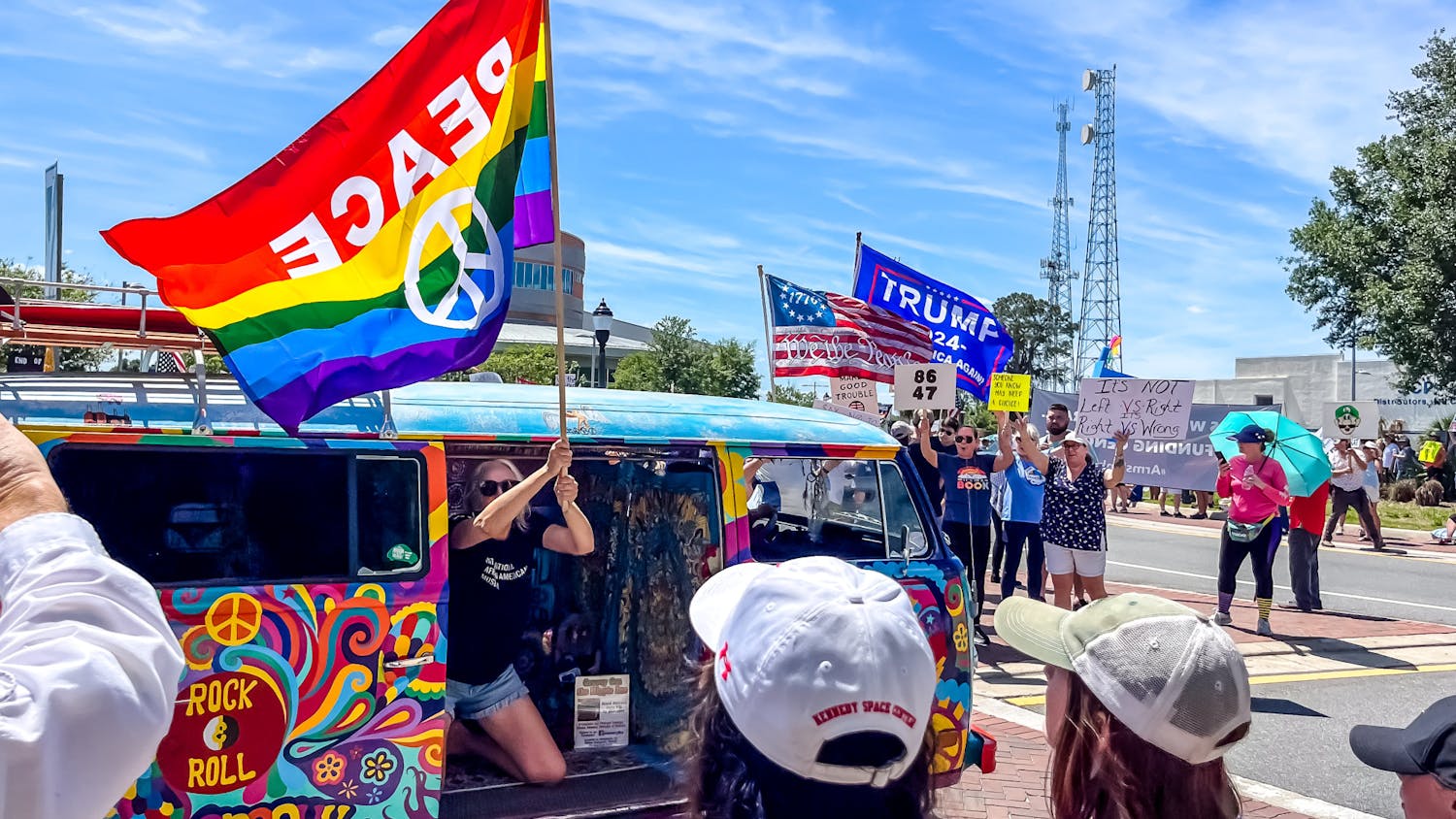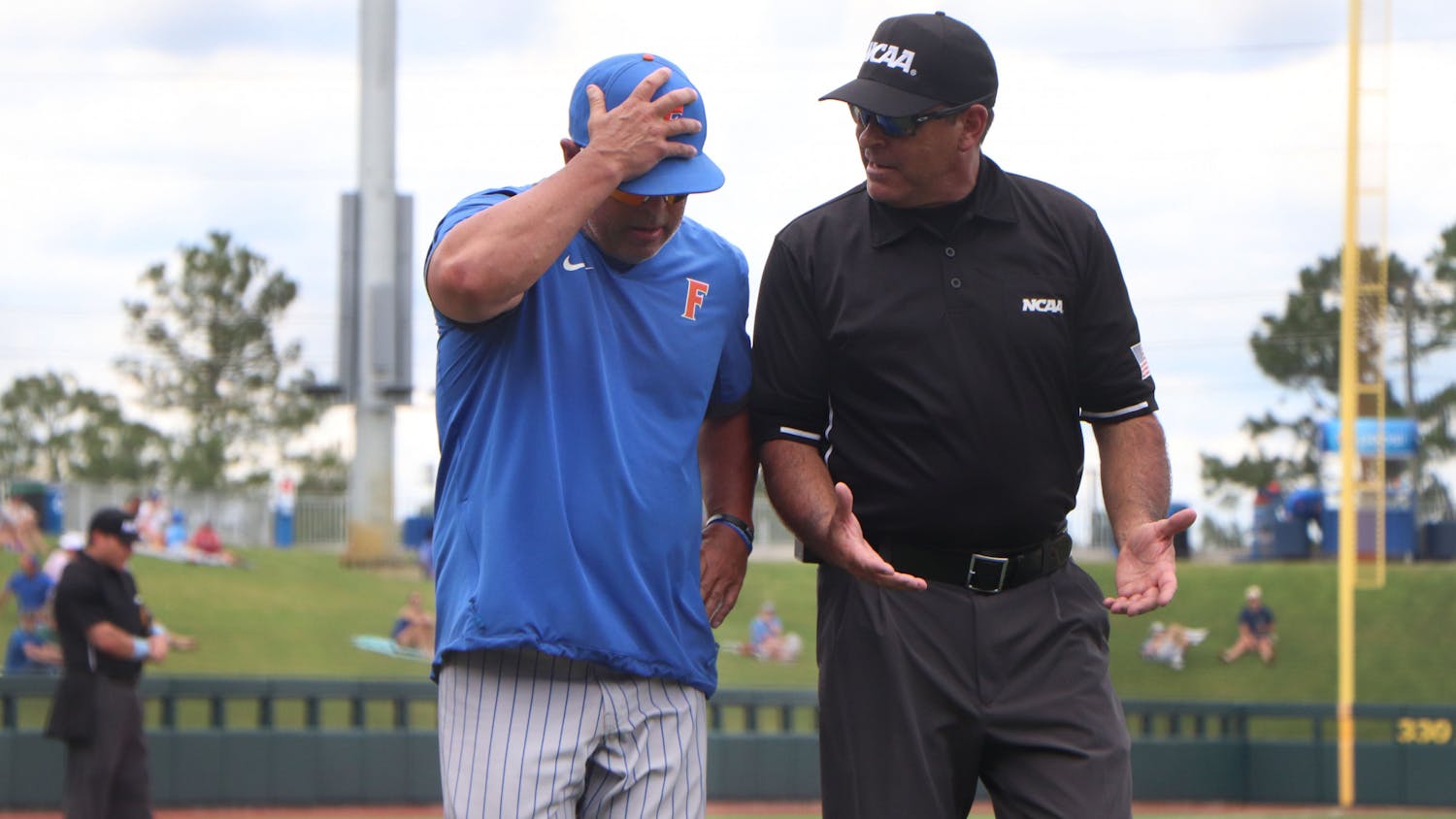“Can Andrew Gillum Convince Florida Voters to Elect a Black Governor?” was spotted in Rolling Stone. “‘The Obama excitement’: Can Andrew Gillum capture it in Florida?” ran in the Washington Post. The Sarasota Herald-Tribune’s headline simply read: “Andrew Gillum: Can he win?”
Yes. He can. And if you’re excited about a Gillum victory, you should vote and act without regard for the question.
If you dive beneath the speculative headlines, you’ll see lots of polling analyses, forecasts and data on voter turnout in Florida over the last few years. Here is the popular breakdown of a Democratic victory in the 2018 Florida governor’s race: Gillum is banking on driving up minority turnout. He is working to get black and Latino voters to turn out in far greater numbers than they have in previous midterm elections. Just 41.5 percent of black registered voters turned out in the last governor’s race in 2014, according to Daniel A. Smith, the chair of the UF political science department. Compare that to 73 percent of registered white voters who participated in the last presidential election, bearing in mind that white voters went overwhelmingly with President Donald Trump. Those numbers favor Republicans, not Democrats.
Turnout for Latinos wasn’t any better — 64 percent of those registered voted in the 2012 presidential race, while just 31 percent voted in the midterm elections when the governor’s seat was up for grabs. Gillum needs these demographics to show up to the polls in droves for a win in November.
In light of the seemingly uphill battle, you can see why newspapers around the country are asking whether Gillum can do it. When we typically think of rock-solid voting blocs, images of college-aged Bernie Sanders supporters (another one of Gillum’s key demographics) do not spring to mind.
But the turnout numbers for past elections don’t take today’s issues into account. They largely ignore the racial and ethnic tensions stoked over the last two years by Trump — a public and bitter feud with Colin Kaepernick and NFL players, detentions of illegal immigrant children, the proposed immigration ban from majority-Muslim countries and calling white supremacists at the Charlottesville rally some “very fine people.” Those headlines didn’t go down easy with the voting public and are not easily forgotten. Gillum’s opponent, Ron DeSantis, is chained at the ankle to those scandals by party association.
Still other issues are expected to drive minority turnout. When Gillum won the primary, activists said Florida’s black community was more energized than in any other midterm election. Florida’s Stand Your Ground law, since being adopted in 2005, has been a persistent thorn in the sides of black voters, who see the law as a loophole for racially-motivated killings. Amendment 4 will be on the ballot in November. The amendment seeks to re-enfranchise some felons and has been aggressively campaigned for since January by activists, according to the Washington Post. Democrats also hope the ongoing environmental crisis of red tide along Florida’s west coast will break a Republican hold on white voter turnout.
Feel free to ignore the speculation. If you wish to see Gillum win the governor’s race, you need to act without the mental safety blanket that favorable statistics provide. Ignore the polls that show Gillum ahead of DeSantis by an average of 3.7 points. Ignore the good chance that Gillum will win because Gillum is doing the same — he is not playing the middle ground or relying on moderate, undecided voters to propel him to victory. So can he win? The immediate answer for his base must be ‘yes.’ He can.






